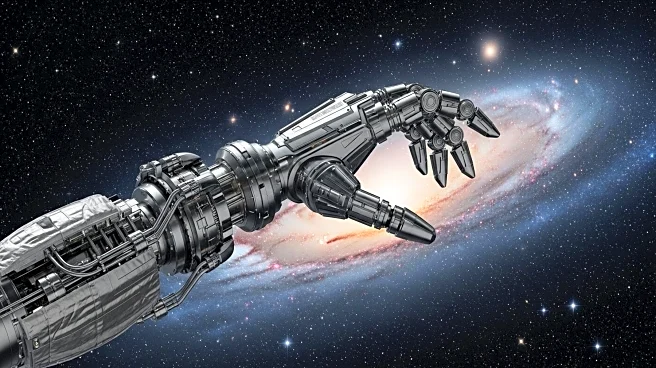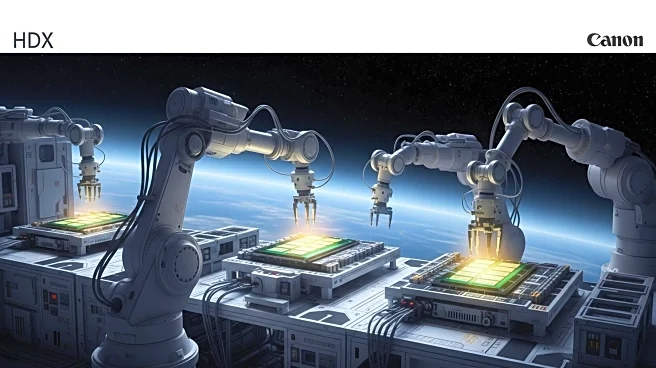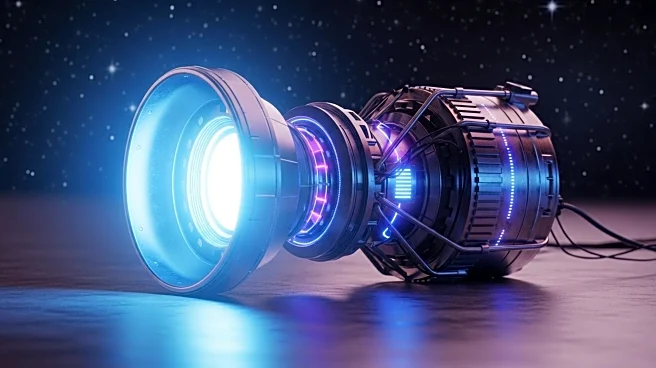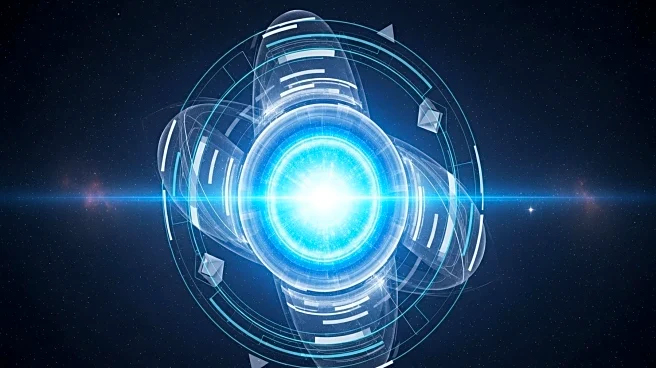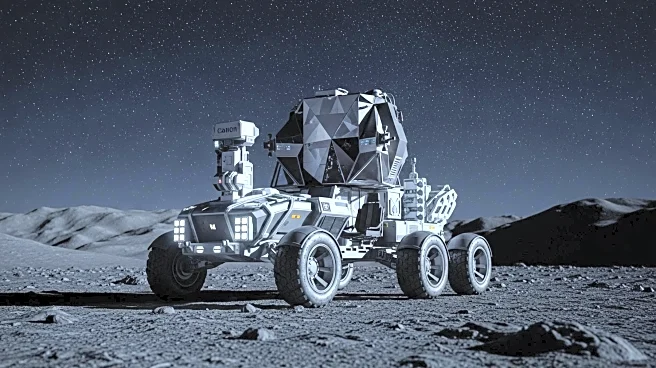What is the story about?
What's Happening?
The space robotics market is experiencing significant growth as the global space economy surpasses $600 billion, with expectations for continued expansion. Robotics is becoming a crucial infrastructure for space activities, transitioning from experimental phases to deployment. Government agencies like NASA, ESA, and JAXA, along with commercial entities from the U.S., Japan, Canada, and Europe, are investing in robotic systems such as arms, rovers, and autonomous builders. These technologies are anticipated to be the backbone of space operations in the 2030s. Companies like MDA Space, GITAI, Arkisys, and Motiv Space Systems are leading the development of robotic arms, while others like HEBI Robotics and Astrolab focus on construction and planetary robotics. In-space manufacturing is also advancing, with Redwire's Made In Space division pioneering 3D printing on the ISS.
Why It's Important?
The rise of space robotics is pivotal for the future of space exploration and commercialization. These technologies are not just supplementary but are becoming essential for operations beyond Earth. The development of robotic systems can significantly reduce the need for human presence in hazardous environments, thereby lowering costs and risks. This shift could lead to a new era of space infrastructure development, enabling more sustainable and long-term missions. For investors, the space robotics sector presents a high-risk but potentially high-reward opportunity, as these technologies are expected to become indispensable in the space economy. The involvement of major space agencies and private companies indicates a robust market potential, with significant implications for industries related to space exploration, manufacturing, and technology.
What's Next?
As space robotics continues to evolve, the focus will likely shift towards enhancing the durability and efficiency of these systems to withstand the harsh conditions of space. Power storage and management remain critical challenges, with current systems needing improvements for extended operations. Geopolitical factors, such as export restrictions and international competition, may also influence the pace of development and collaboration. Companies that secure government contracts and position themselves for the commercial boom anticipated in the 2030s will likely lead the market. The ongoing advancements in reusable launch systems could further reduce costs, making space robotics more accessible and attractive for investment.
Beyond the Headlines
The development of space robotics is not just a technological advancement but also a cultural shift, as it moves from the realm of science fiction to practical application. The success of these technologies could redefine human interaction with space, leading to new possibilities in space habitation and resource utilization. Ethical considerations, such as the impact on employment and the environment, will need to be addressed as these technologies become more prevalent. The integration of robotics into space missions could also influence educational and career opportunities, encouraging a new generation of engineers and scientists to enter the field.
AI Generated Content
Do you find this article useful?
